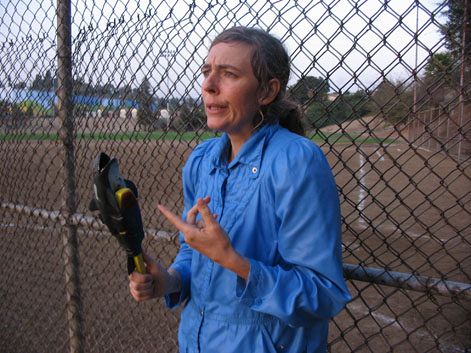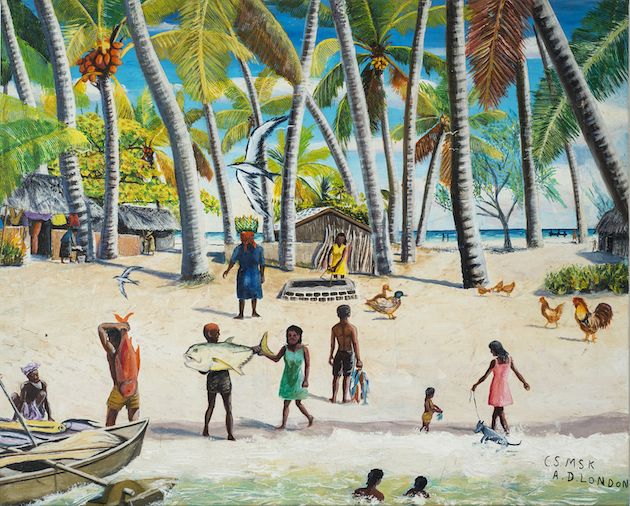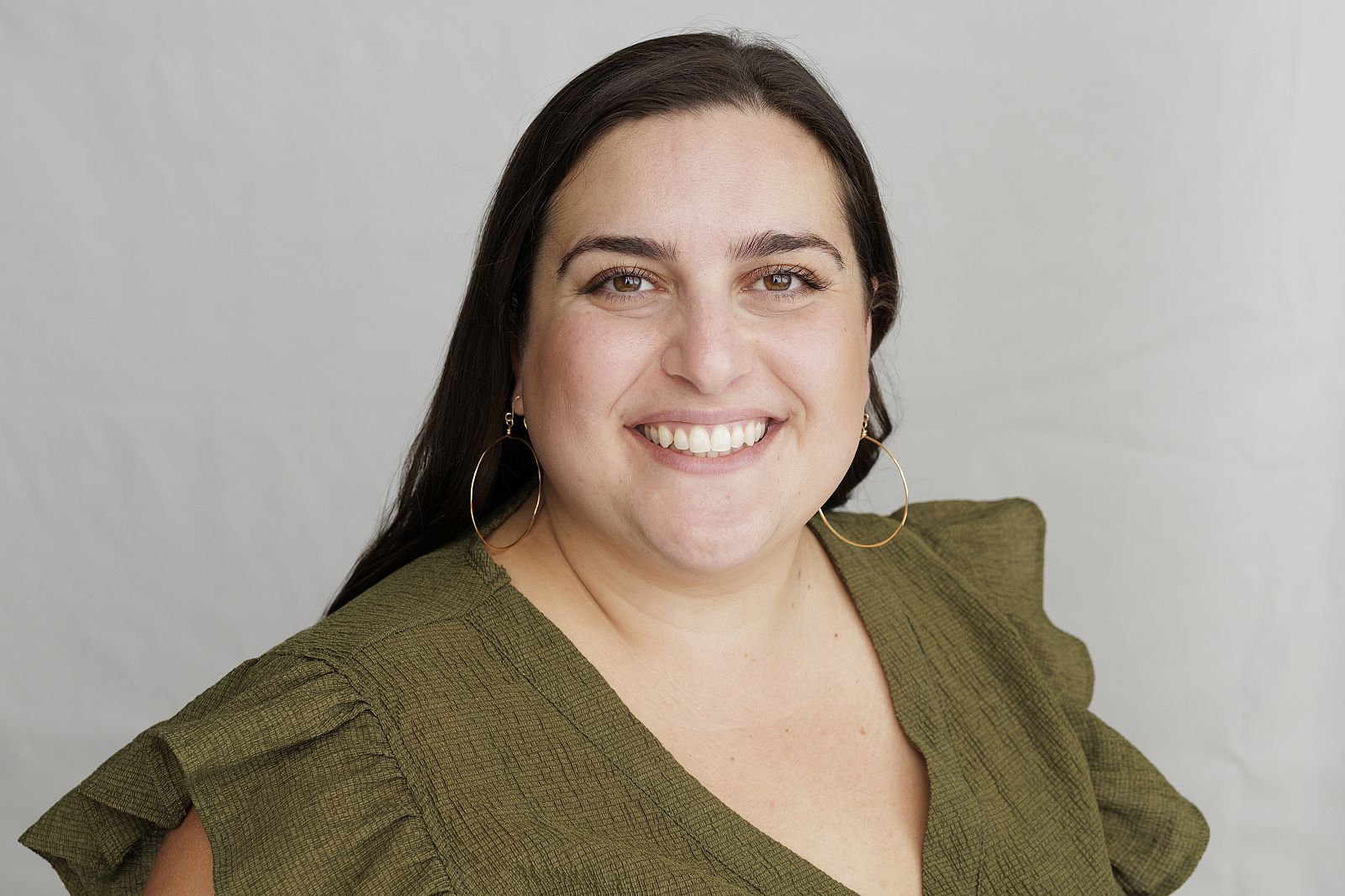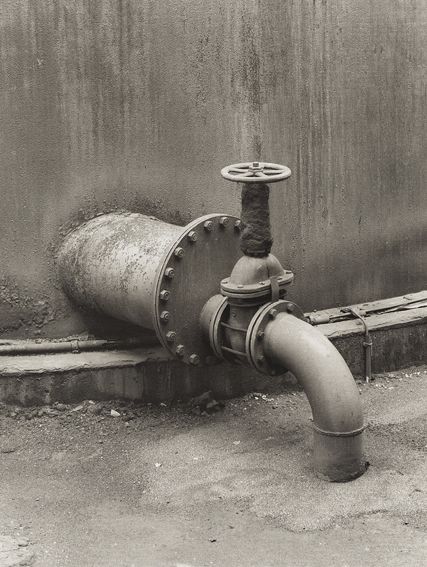Curator Natika V. Soward developed this proposal during the Summer 2012 Curatorial Intensive in New York.
“We are the only species on Earth, so far as we know to have invented a communal memory. The warehouse of that memory is called the library.”
--Carl Sagan, The Persistence of Memory
Libraries exist as spaces in the public that serve as repositories for collected knowledge. Where vestiges of the past are retained among the construction of the present. But how do personal histories affect a collective memory? Walter Benjamin talks about the fact that history is written by the victors, who are more often than not the oppressors, and so our job is to work against that, in the hopes that the future is not a repetition of the past simply because only the victorious get a voice in the annals of history. Libraries, archives, and other institutions have had the special privilege of dictating which published materials are deemed culturally valuable and worth preserving. Often the materials left out of the equations are those marginalized histories. Adopting the premise of a library as warehouse for a communal memory as an entry point, the Untitled Library Project is a curatorial research project meant to examine the nature of libraries, collections, and archives by amassing a compendium of selected artifacts. The collection will focus on self-published materials and artifacts ranging from personal letters, various ephemera, photographs, videos, artworks, artist books, audio recordings, and film. The Untitled Library Project will be available as a public resource meant to be perused, researched and photocopied by the public.
The goal of collecting these objects is to intersect narratives, preferably told in some way by the authors or owners of the objects, to the larger grand narrative of history, which is often so narrow it throws many experiences into its shadow. These materials are collected to elucidate an experience and affect an actual collective memory. And the collection will be anchored in the availability of various ephemera and artworks that suggest a certain convergence of the personal and the collective, an exercise in the spirit of a living archive.
The project unfolds in two parts over the next year and continues indefinitely as the library and branches expand. The first phase of the project is extensive research to pinpoint specific personal or localized, marginal histories through a series of interviews, studio visits and canvassing targeted geographical areas. The goal is to acquire objects in the form of self-published materials and artifacts ranging from personal letters, various ephemera, photographs, videos, artworks, artist books, audio recordings, and film.
Additionally, the research will examination the nature of libraries, collections and archives as spaces and sites for communal exchange and actions. These spaces are meant to instigate preservation of historic artifacts, oral histories, digital history projects, and monographs relevant to a specific community, group or movement in site-specific, temporary interventions. Public programming in the form of discursive actions or events in the form of symposiums, artist talks and presentations will be programmed. This programming can be implemented in collaboration with libraries to encourage a greater agency to these objects in the collection. An eventual exhibition of the materials in the collection will be organized as a gesture to affect a memorial.
Since the research happens in various locations geographically I plan to partner with public libraries, artist spaces, cultural centers to host co-organized interventions and other programming events. Artist, writers, historians, curators, and activists will be invited to critically engage with the material in the collection and or the questions posed in the research of this project—how do personal histories affect a collective memory? What collateral residue from an individual’s narrative contribute to a larger narrative? If one could trace, via an object or something tangible, a direct entry point to a moment in history (agreed upon by the multitude as seminal), does it give that individual a greater stake in that history?
One object in the collection is a gospel hymnal that features original songs composed and written by Reverend J.H. Ross, the head of a small church in Memphis, Tennessee. One hymn of particular interest called “Wasn’t That A Mighty Time” describes the rise of Adolf Hitler and his occupation of Europe in 1939 through the United States entry into World War II in 1944. In researching this pamphlet I found it was indicative of gospel music at that time between 1920 to the 1950s. This genre of music served as a CNN of sorts for many African Americans especially as they started to migrate from the rural south to northern urban landscapes.
Learn More
To learn more about this proposal please email Natika Soward at natikasoward@gmail.com. To learn more about the Curatorial Intensive email info@curatorsintl.org.
.jpg?w=1600)





